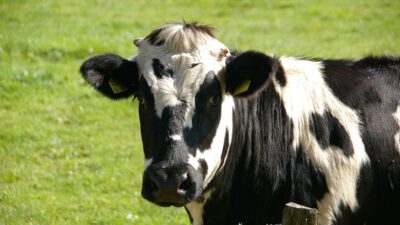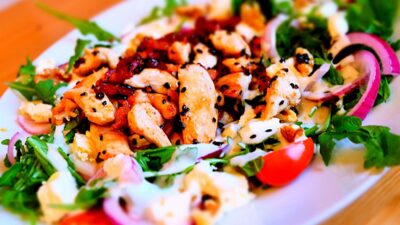The Paleo diet has gained considerable popularity in recent years, touted for its potential health benefits and its emphasis on whole, unprocessed foods. Rooted in the eating habits of our Paleolithic ancestors, the Paleo lifestyle encourages a return to natural food sources and a lifestyle that aligns with human biology. If you’re considering making the switch, this guide will help you navigate your transition to a caveman-inspired way of living.
What is the Paleo Diet?
The Paleo diet is based on the premise that we should eat like our ancestors did—primarily whole, unprocessed foods that were available during the Paleolithic era. This includes:
- Fruits and Vegetables: Fresh, seasonal produce should make up a significant portion of your diet.
- Lean Meats: Grass-fed beef, free-range poultry, and wild-caught fish are staples.
- Nuts and Seeds: Almonds, walnuts, sunflower seeds, and others provide healthy fats and protein.
- Eggs: Organic, free-range eggs are an excellent source of protein and nutrients.
- Healthy Fats: Avocado, olive oil, and coconut oil are encouraged, while processed oils and margarine are to be avoided.
Foods to Avoid
Transitioning to a Paleo diet requires eliminating several food groups that are staples in many modern diets:
- Grains: Wheat, rice, corn, and other grains are excluded.
- Dairy: Most dairy products are avoided, although some people include certain fermented products like yogurt or cheese.
- Legumes: Beans, lentils, and peanuts are not part of the Paleo diet.
- Processed Foods: Anything with added sugars, artificial ingredients, and preservatives is off the menu.
- Refined Oils: Canola and soybean oil are not recommended.
Getting Started: Tips for Transitioning
1. Educate Yourself
Before diving in, it’s beneficial to read books, follow reputable websites, and perhaps consult with a nutritionist specializing in the Paleo diet. Understanding the philosophy behind Paleo will motivate you and help you make informed choices.
2. Start Slowly
You don’t have to make all the changes overnight. Begin by gradually eliminating processed foods and adding more whole foods to your diet. This will make the transition smoother and less overwhelming.
3. Meal Planning
Plan your meals for the week ahead of time. By preparing meals that align with Paleo guidelines, you’ll avoid the temptation of reaching for convenience foods. Incorporate a variety of textures and flavors to keep your meals interesting.
4. Stock Your Pantry
Fill your pantry with Paleo-friendly foods. Stock up on nuts, seeds, oils, and spices that will make cooking easier. Remove non-Paleo items from your kitchen to reduce temptations.
5. Experiment with New Recipes
The Paleo diet doesn’t have to be boring. Explore new recipes that inspire you to cook. From Paleo pancakes to creative salads, the options are vast. Join online communities or social media groups for recipe ideas and support.
6. Listen to Your Body
Everyone’s body reacts differently to dietary changes. Pay attention to how your body feels after meals and adjust accordingly. Energy levels, mood, and digestion are good indicators of how well you’re adapting.
7. Stay Hydrated
Drink plenty of water throughout the day. Herbal teas are also a great choice. Avoid sugary drinks, and be cautious with alcoholic beverages, which can be high in sugar and calories.
The Lifestyle Aspect: Beyond Diet
Transitioning to a Paleo lifestyle is not just about food; it encompasses broader health and wellness aspects:
- Exercise: Incorporate a mix of strength training, cardiovascular activities, and mobility exercises. Aim for a balanced exercise routine that includes movement patterns our ancestors would have engaged in, such as running, climbing, or lifting.
- Sleep: Prioritize quality sleep. Aiming for 7-9 hours a night helps repair the body and maintain health.
- Stress Management: Practice stress-reduction techniques such as meditation, yoga, or deep-breathing exercises, as chronic stress can hinder health improvements.
Common Challenges
Transitioning to the Paleo diet can present several challenges:
- Social Situations: Eating out or attending gatherings may be difficult. Familiarize yourself with menu options or prepare your own dishes to share.
- Time Constraints: Preparing meals from scratch can require more time. Batch cooking and meal prepping can help ease this burden.
Conclusion
While transitioning to a Paleo lifestyle may feel daunting at first, the long-term benefits of improved health and well-being can make it worthwhile. By focusing on whole, nutrient-dense foods and committing to a lifestyle that emphasizes movement and self-care, you can reap the benefits of this caveman-inspired way of living. Start slow, stay informed, and enjoy the journey to better health!



